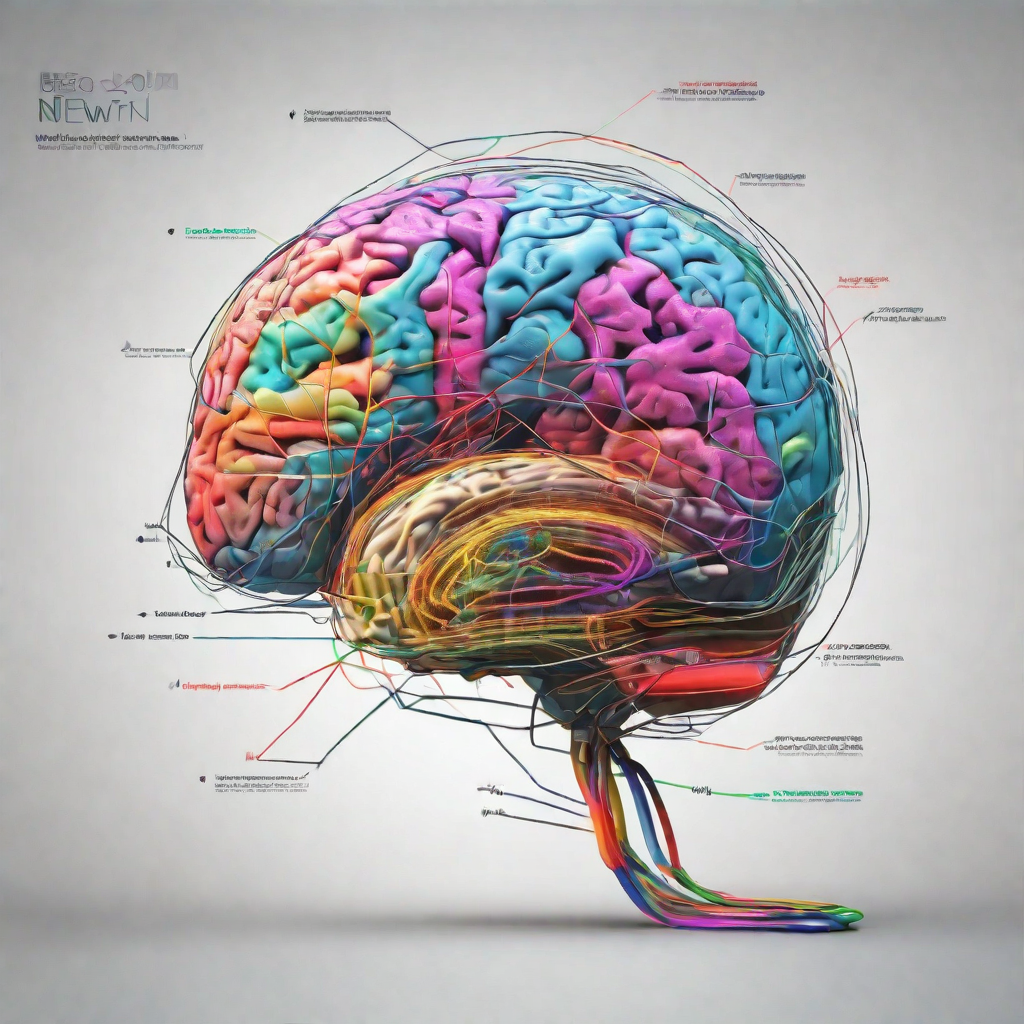I am having conversations with CxOs discussing how to leverage generative AI models (“models”) into their enterprise. It’s been a while since there has been so much interest in a technology that organizations what to adopt. Reminds me of the .com days in Boston when everyone needed an e-commerce site.
The excitement level is only match with the hype, and much of my conversations are clarifying common misconceptions, which I’d like to cover in this article.
Misconception: Models will replace Jobs.
Instead of completely replacing jobs, it is more accurate to state that models will augment activities performed by job roles that align with their strengths. Models are designed to automate mundane and monotonous tasks, freeing up human workers to focus on more creative and fulfilling responsibilities that enhance both their job satisfaction and the overall productivity of the business. This shift will allow individuals to leverage their skills in more meaningful ways and contribute to the company’s bottom line.
Jivoo is leading the way in innovation within our laboratory by developing specialized data-centric grounded models. These models are designed to be private, secure, and tailored to specific needs, ensuring the highest level of data protection and confidentiality. Our foundry serves as the hub for their production, utilizing cutting-edge methodologies and technologies to create robust and reliable models that empower businesses to extract maximum value from their data.
Misconception: Microsoft, Google, et al are making the best models.
Just as there is no definitive “best” vehicle, the world of generative AI also lacks a singular superior model. While the Toyota Camry excels in terms of affordability, reliability, it cannot fully address the diverse range of needs within the consumer market, let alone meeting the specialized transportation needs of the commercial market. I had a heck of time deciding which of the 3 engines and 12 style of the Ford F-150 across 8 trim levels was best for me and my needs.
When it comes to models, those trained and fine-tuned on proprietary data are always more adept at serving specific purposes. These models are tailored to leverage unique and domain-specific datasets, allowing them to deliver superior performance, accuracy, at a reduced cost compared to more generic models. By incorporating specialized knowledge and training, these purpose-built models can provide better conversations with your data.
Misconception: “Models usually hallucinate” / “Models are always right”.
While it is true that language models, particularly those based on deep learning, can occasionally produce outputs that may seem nonsensical or unrelated to the input, it is important to understand the underlying factors at play. Models learn from vast amounts of data, which can include noisy or erroneous information. They strive to generate coherent and contextually relevant responses, but they are not infallible. It is crucial to exercise caution and critical thinking when interpreting the outputs of AI models. This is why we recommend that you train and tune your own model.
Similarly, the notion that models are always right, is another misconception. AI models are trained based on existing data patterns, and their accuracy depends on the quality and diversity of the training data. They are not omniscient and can make errors, especially when faced with unfamiliar or ambiguous inputs. While AI models have achieved remarkable advancements, it is essential to consider their limitations and use them as tools to augment human intelligence rather than rely solely on their outputs.
Misconception: Many opensource models are for commercial use.
There is a common misconception that open-source models are frequently licensed for commercial use. However, this assumption is not entirely accurate. While open-source models offer the advantage of being freely accessible and modifiable, the permissiveness of their licenses may vary. Many Open Source licenses, such as the GNU General Public License (GPL) or the Affero General Public License (AGPL), have strict requirements that can restrict commercial usage. These licenses often require derivative works or modifications to be released under the same open-source license, limiting their commercial potential.
On the other hand, certain open-source licenses do allow for commercial use. One notable example is the MIT License, which is widely adopted in the open-source community. The MIT License permits both personal and commercial use of the software or models, giving individuals and organizations the freedom to utilize them in various applications, including commercial ventures. Other permissive licenses, such as the Apache License, Version or the BSD License, also provide similar permissions for commercial usage. It is important to carefully review the specific terms and conditions of open-source licenses to understand the extent of commercial rights granted, as they can significantly impact the use and distribution of the models in a commercial context.
Want to know the best model for your use case ?
Misconception: AI Model Platforms are better than AI Model Tools
There is a common misconception that Software-as-a-Service (SaaS) AI model development platforms are inherently superior to open-source AI model tools. While SaaS platforms offer convenience and ease of use, it is important to recognize the significant advantages that open-source tools bring to the table. Firstly, open-source innovation tends to happen at a faster pace than proprietary solutions. With a vibrant community of developers, researchers, and enthusiasts actively contributing to open-source projects, the evolution of AI models and tools is accelerated, leading to rapid advancements and new features.
Another key benefit of open-source AI model tools is cost-effectiveness. By leveraging open-source frameworks, businesses can avoid hefty licensing fees associated with proprietary solutions. This accessibility democratizes AI and makes it available to a wider range of organizations and individuals. Moreover, open-source tools attract a pool of skilled practitioners who are familiar with these frameworks. The availability of experienced professionals in the open-source ecosystem allows for easier collaboration, knowledge sharing, and the cultivation of a diverse talent pool.
In addition, open-source tools provide the advantage of avoiding vendor lock-in. With SaaS platforms, there is a dependency on a specific vendor’s infrastructure and pricing models, which can limit flexibility and scalability. Open-source tools, on the other hand, offer the freedom to customize and tailor models according to specific requirements, ensuring greater control and ownership over the technology stack.
Misconception: Training Models is Expensive
One common misconception surrounding training AI models is the belief that it is an expensive endeavor. However, with the availability of open-source foundational models and licenses such as MIT or Apache, the cost barrier is significantly reduced. Organizations can leverage these pre-existing models as a starting point and then proceed to train or fine-tune them to their specific requirements. By building upon the foundation of open-source models, businesses can save considerable resources that would have otherwise been spent on developing models from scratch.
Misconception: Public Models are Safe.
It is important for businesses to be fully aware of the potential privacy and security risks associated with using public models. While these models can serve as a convenient starting point for AI-powered solutions, it is crucial to understand that many providers have default settings that allow for the utilization of proprietary and confidential information during training, fine-tuning, or testing. Additionally, even if these settings are turned off, there is a risk that they may default back to on without the user’s knowledge, making it necessary to remain vigilant.
Furthermore, businesses should note that the terms of service (ToS) can vary across different products offered by the same provider, as well as between different versions of the same application and API. This variability adds an additional layer of complexity for organizations to protect sensitive data or proprietary information. Therefore, it is essential for businesses to thoroughly review the terms of service and ensure that they have a clear understanding of how their data will be used by the provider.
Conclusion
As I have more misconceptions come up in my conversations, I’ll be sure to add them.
Do you have some you hear often? Let me know on twitter.







